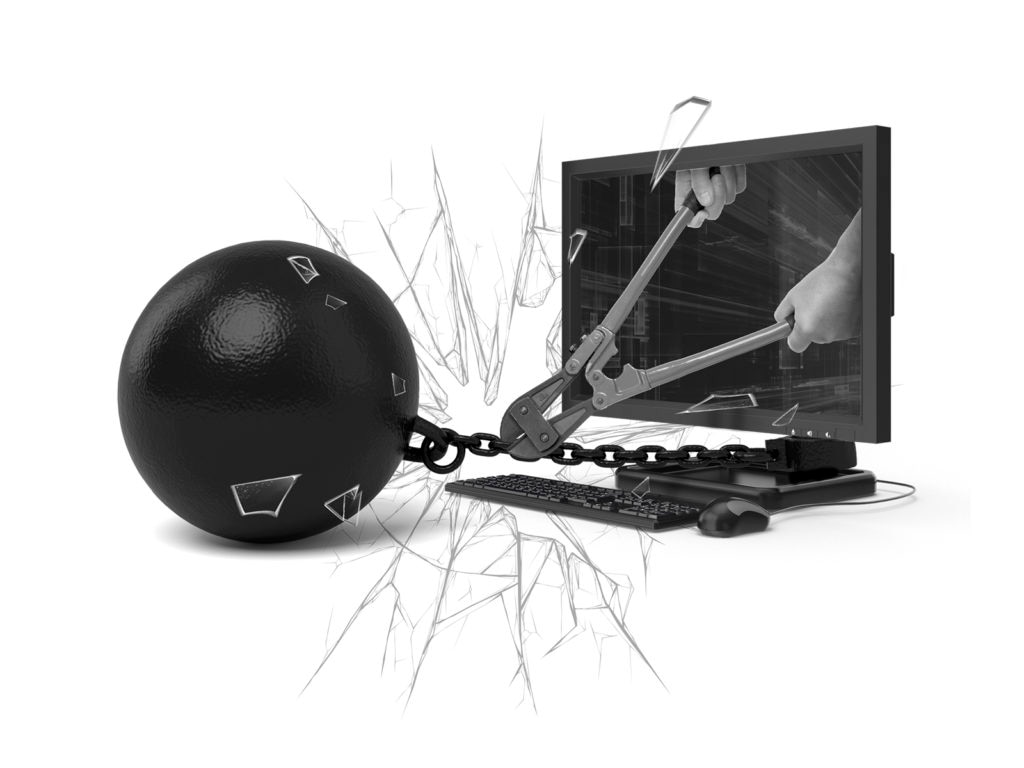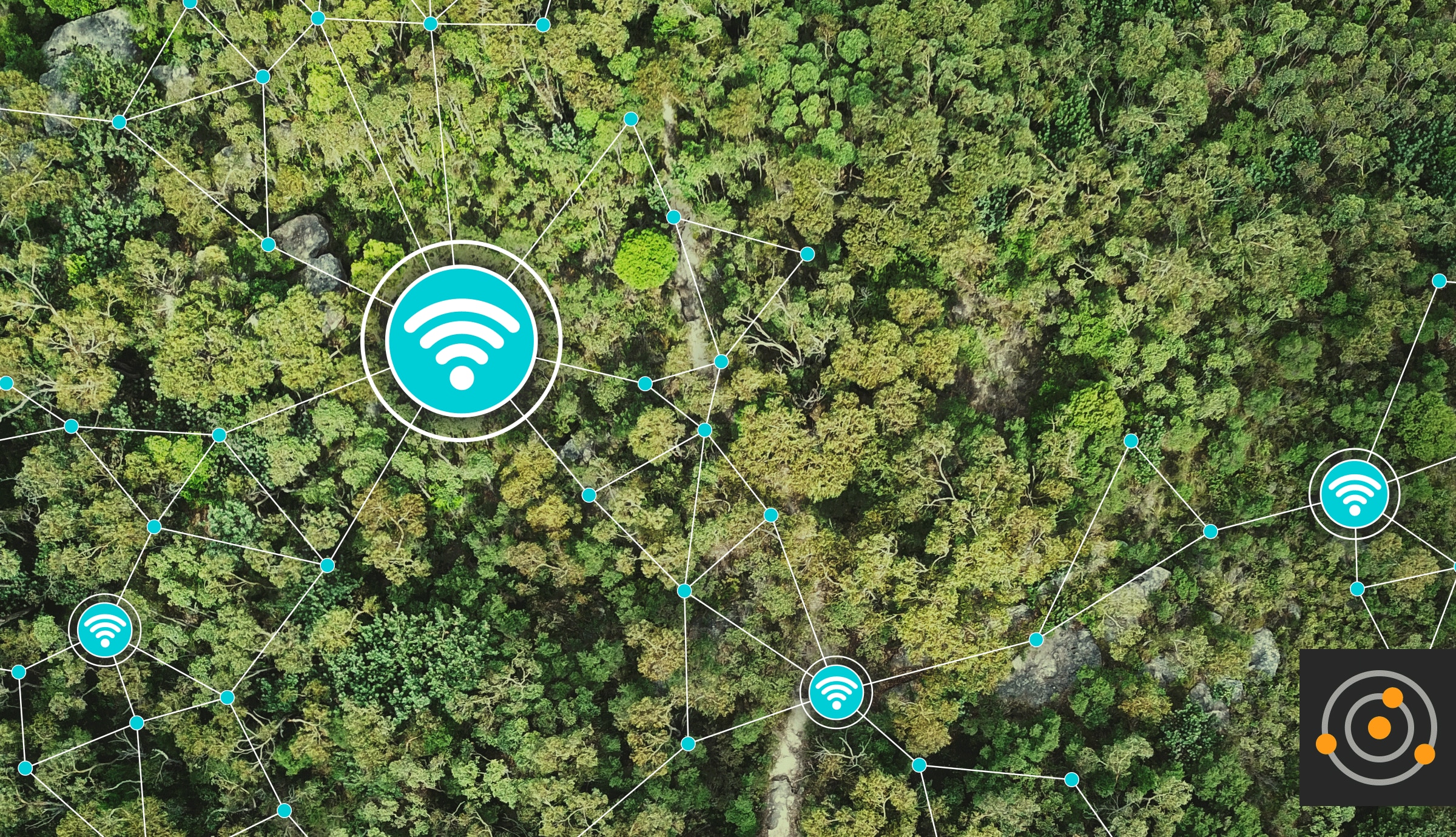Why You Should Start Seeing IT Differently
February 7, 2019
Network

How new models could potentially shake up the future of IT
While technology innovation has changed the world, the truth is the same big vendors have been running the same complex model of enterprise IT software for the better part of a century. Unfortunately, too many new entrants with cool new tech have applied the same “tired” approach to try to reach and communicate with the community of users interested in these technologies.
But recent history may suggest that it is well past time for a real change in IT – a change influenced by forces from macro shifts in the technology landscape that demand more agility and a clearer understanding of how technology is actually used and deployed by businesses of ALL sizes. We’ve entered into a time where companies that see IT differently are in the best position to disrupt the legacy players.
What exactly does it mean to see IT differently? To us, it means having a deep understanding of end user needs and using that not only to guide our product roadmaps but also to guide how we interact with the technology professionals that rely on our products. This means innovation doesn’t always come in the form of chasing the “next big thing” to hit the market, but from actual demand for a solution to an existing problem. It means listening to customers every day via multiple channels – from online communities to personal conversations. It means understanding what kind of software they say they really need to be successful – not just what industry buzz says will drive success. It means focusing on the technology pros who do the work every day, solving their well-understood problems and delivering products that solve those problems the way THEY would solve them, not the way their bosses might.
How do we know how they want the problem solved? We talk to them, every day. We connect directly with the technology pro – our online community, THWACK, has more than 150,000 registered members. We see the similarities in the challenges that all businesses face and that allows us to build products that serve the entire market from hundreds of thousands of small and mid-size companies to 499 of the Fortune 500 – regardless of where the IT technology sits or who’s responsible for managing it.
This approach also relies on accessibility. IT software should be easy to find, easy to try, and easy to buy. Selling to the practitioners who do the job of IT every day shouldn’t require getting on planes, playing golf, or hosting fancy dinners to sell the value of software. By meeting technology professionals where they are, every day, and taking a web-based approach to software accessibility with full-feature trials and downloads, IT pros can try products themselves before the sales team even steps in. In fact, our sales teams never “step in,” they “call in” as we believe products should simply work, removing the need for face-to-face meetings.
To that end, implementing, integrating, and maintaining solutions shouldn’t require separate professional services as today’s products need to work out of the box – EVERY TIME – without the need for customization. When businesses rely on IT to keep them up-and-running and profitable, managing IT software should be easy for customers to do themselves. Performance is the main goal for IT professionals and the businesses they serve. The faster they can get to it, the better.
In a world where the ability to have open lines of communication and be accessible are major differentiation points for all businesses, IT should be no different.
At SolarWinds, our view of the IT universe has remained the same since day one. For 20 years, we have strived our best to deliver easy-to-use, powerful, and affordable IT management software. That’s it. And we do that by listening to technology pros and delivering products that address today’s IT management challenges. These elements haven’t changed, though the world around us has.
We’ve come to a point where the industry is ready to see IT differently, and we’re excited to show you how we’ve seen things all along.
This post originally appeared on LinkedIn.






